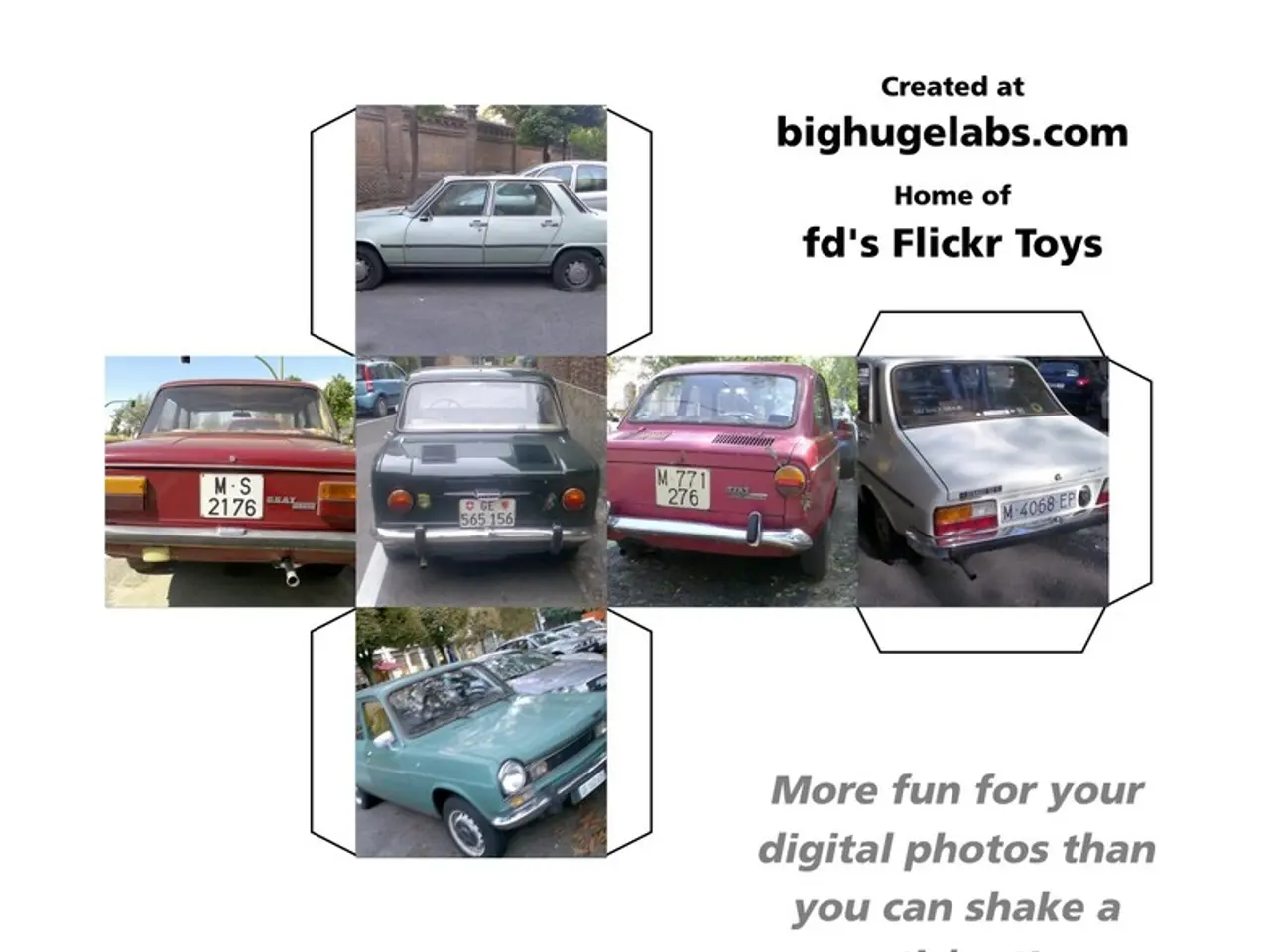Latest Update in Autonomous Vehicle Sector featuring Applied Intuition, Hesai, Plus, Tesla, Pony.ai, and Wayve
In the ever-evolving world of automotive technology, autonomous and self-driving vehicles continue to make significant strides. Here's a snapshot of the current landscape among key players such as Applied Intuition, Hesai Technology, Plus, Tesla, Pony.ai, Wayve, and Leapmotor.
Applied Intuition has taken a lead in enhancing end-to-end autonomy software stacks for passenger vehicles, positioning itself as a provider of advanced software platforms for self-driving capabilities.
Hesai Technology has made a mark in the sensor hardware segment critical for autonomous driving perception. The company secured a notable collaboration with Toyota, supplying its long-range automotive lidar (ATX) for a new-energy vehicle model set for mass production in 2026.
Pony.ai is making headway in Level 4 autonomous driving technology, attracting significant financial backing and global investor interest. The company aims to provide near full autonomy for robotaxi and delivery services, particularly in China and expanding markets.
Tesla remains a dominant force in the U.S. AV market, offering a Level 2 autonomy system supplemented by extensive data-driven enhancements. Although classified as Level 2, Tesla has ambitious robotaxi aspirations and a considerable consumer vehicle fleet equipped with driver-assist features.
Other players like Plus, Wayve, and Leapmotor show less publicised progress but remain active in the evolving ecosystem. Plus has won recognition for its Level 4 AI-based autonomous driving software, SuperDrive, while Wayve is expanding its US operations and redefining AI usage in the automotive industry.
The regulatory environment is also adapting rapidly. The U.S. National Highway Traffic Safety Administration (NHTSA) is evolving frameworks to enable safer and accelerated deployment of AVs, with ongoing research into testing methodologies combining virtual and real-world elements.
Despite the progress, concerns about data privacy and hacking in fully automated, self-driving vehicles persist among consumers. Additionally, a Tesla in Full Self-Driving (FSD) mode recently failed to stop at an active railroad crossing, highlighting the challenges that still lie ahead.
As we move towards a future where autonomous vehicles become more prevalent, the industry is broadly transitioning from experimental tests to real-world applications. Companies like Waymo are operating proven Level 4 robotaxi services, while others are balancing advanced driver assistance (ADAS) and partial autonomy as they scale up.
In summary, the autonomous and self-driving vehicle landscape is witnessing significant progress, strategic partnerships, and varying levels of deployment focus. Regulatory momentum and technological innovation are shaping a transformative near-term future for self-driving vehicles globally.
- Driver assistance systems, such as Tesla's Level 2 autonomy system, are playing a crucial role in the transition from experimental tests to real-world applications in the autonomous vehicle industry.
- Mobility technology companies like Hesai Technology have made significant strides in sensor hardware, securing collaborations with automakers like Toyota for the production of advanced automotive lidar.
- Finance and investment are critical components in driving the growth of autonomous vehicle technology, with companies like Pony.ai attracting significant financial backing for their Level 4 autonomous driving technology.
- Artificial intelligence, cybersecurity, and other forms of technology are essential to ensuring the safety and security of autonomous vehicles, as concerns about data privacy and hacking persist amidst advancements in self-driving technology.




